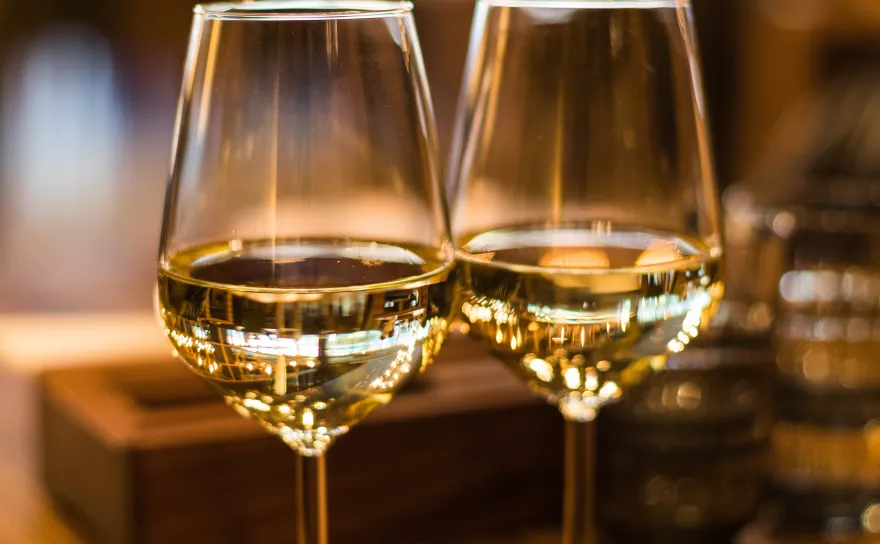
Good news, aspiring cork dorks: now, thanks to our handy wine tasting guide, you won't have to take out a loan on your home or start selling plasma in order to pay for sommelier school.
As it turns out, you can skip sommelier school altogether, because anyone can describe the nuances of flavor and texture swirling in their glass of vino. All it takes is a little background information. And—as with everything—a bit of practice.
Ready to get started? Let's dive in.
Sommelier technology: the language of taste
Full-bodied. Tannic. Velvety mouthfeel.
If you're within earshot of any wine expert, you're going to encounter strange, unfamiliar phrases like this. And if you're like the rest of us, all of these words probably sound like they belong to a completely different language.
For context, here are a few key definitions of terms that you're likely to run into—all sarcasm aside, these are incredibly helpful to know when describing the wine you're tasting.
- Body - The heaviness of the wine in your mouth—usually described as being full-, medium-, or light-bodied
- Bouquet - The aromas or smells present in your wine
- Breathing - The act of introducing more oxygen into your wine, which can heighten its flavor profile considerably
- Dry - When a wine is not sweet, and causes your mouth to pucker
- Fruity - When a wine has distinct fruit flavors and aromas
- Mouthfeel - The texture of the wine in your mouth—usually described with terms like rough, smooth, or velvety
- Tannins - The source of bitterness or dryness that you feel on tasting a wine; tannins are derived from the process of aging wine in oak barrels, and from the seeds and the skins of the grapes themselves
Easy ways to maximize flavor
Want to deploy all of those new terms during your next tasting session? Don't make the rookie mistake of forgetting to oxygenate your wine.
Swirl
Here's one easy strategy: swirl your glass. Swirling your wine aerates it—gives it that "breath" we spoke about in the section above, which can increase the intensity of the flavors present.
Five to ten minutes might seem like an excessive amount of time to aerate, but trust us, it's the preferred method of wine experts around the world over.
Decant
If you're ready to go the extra mile, and have the necessary container, consider decanting your wine about thirty minutes prior to serving so that it can aerate fully (and slowly) on its own, without your helping hand.
Uncork
At the bare minimum, uncork your bottle a few minutes before serving, so that you can get a little bit of air in there, which will start releasing those hidden flavors.
Ready to show off your newfound sommelier skills?
Pay us a visit here at the Tap on Ponce. Remember, we're not just the best beer shop in Atlanta. We're one of the best wine shops, too, with a team of wine experts available to introduce you to some truly excellent bottles. Come get your grape fix with us today to start testing your wine knowledge out for real.


